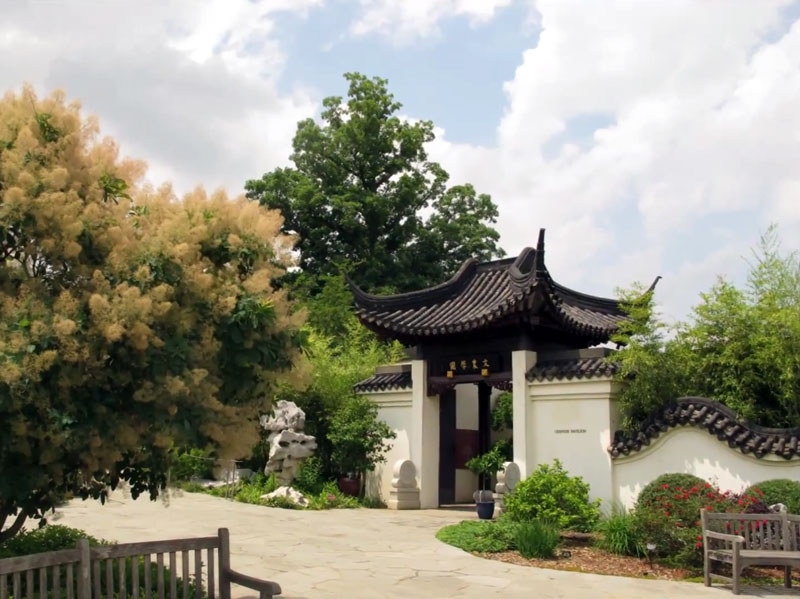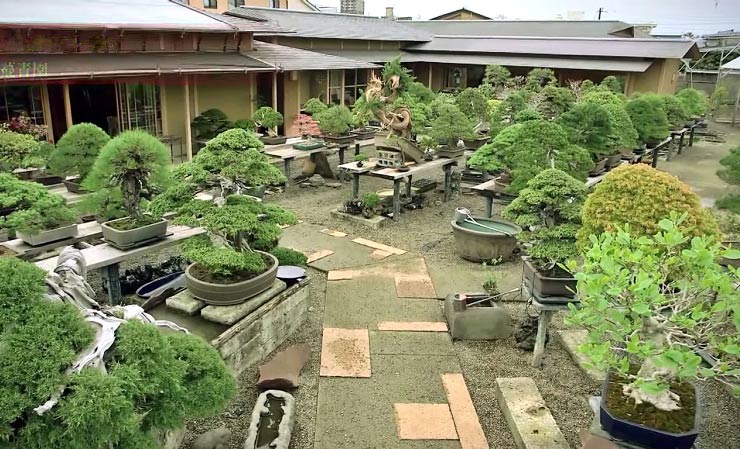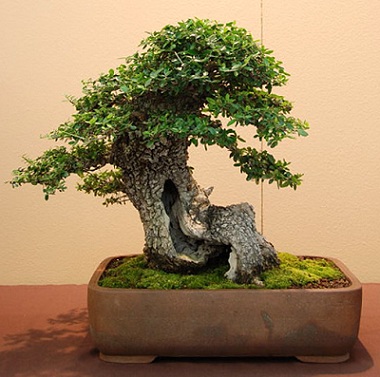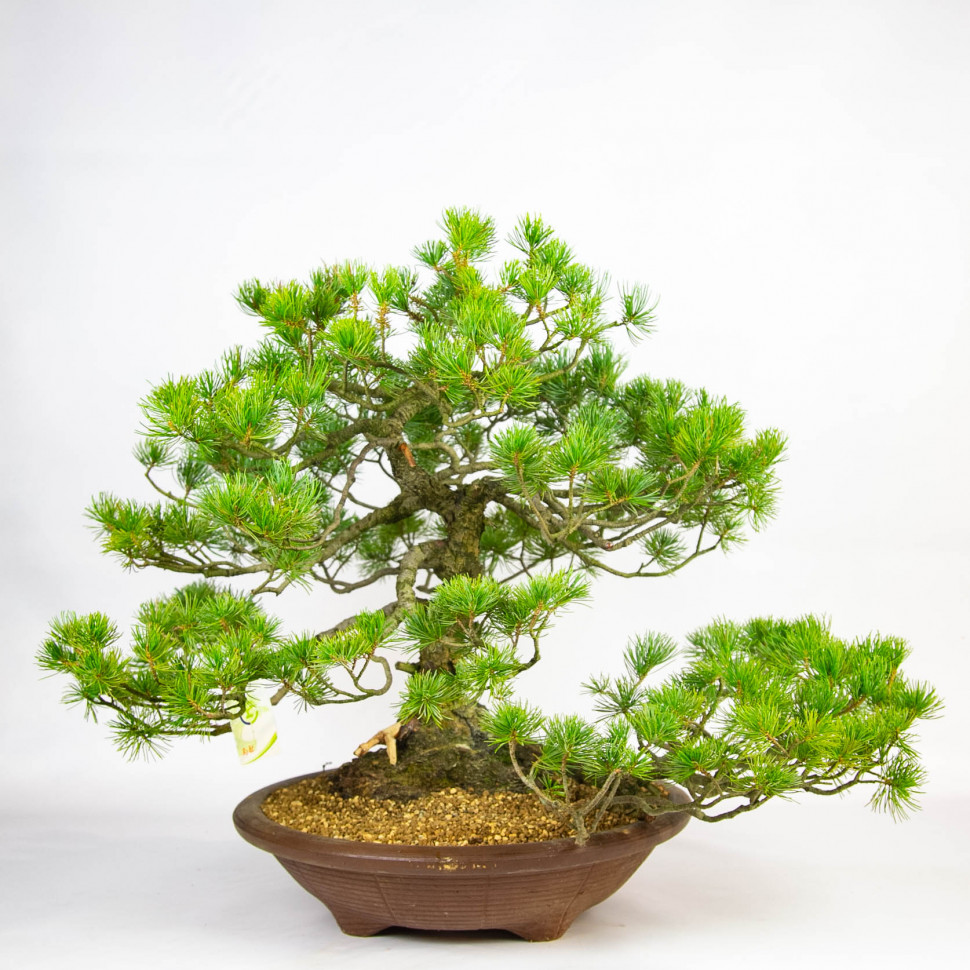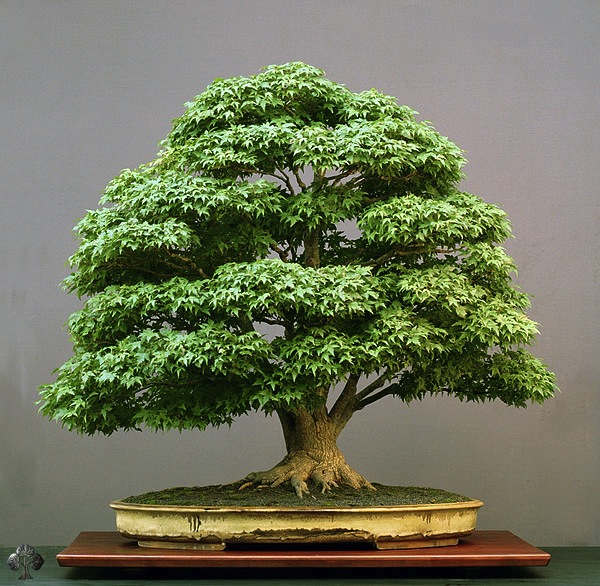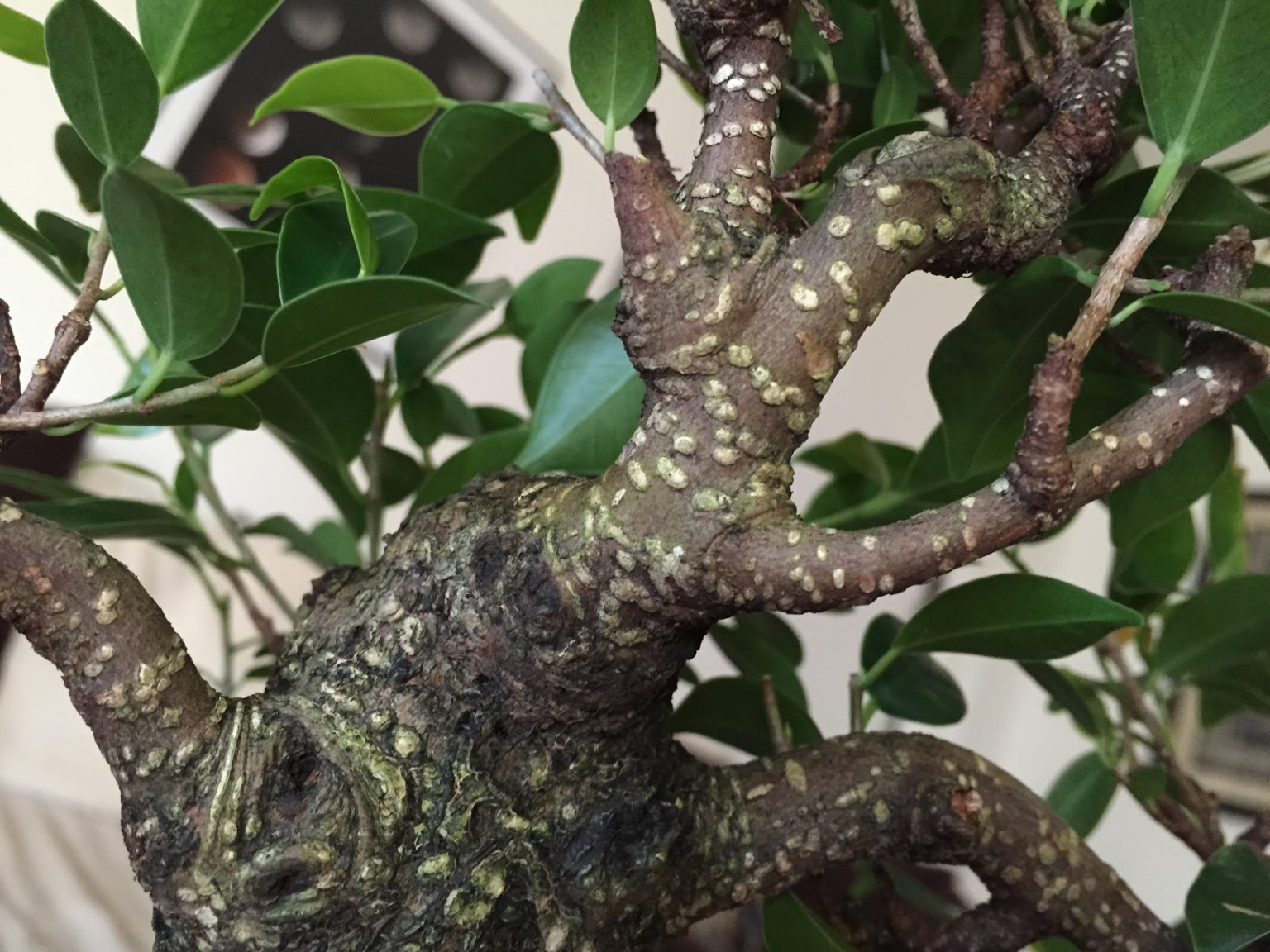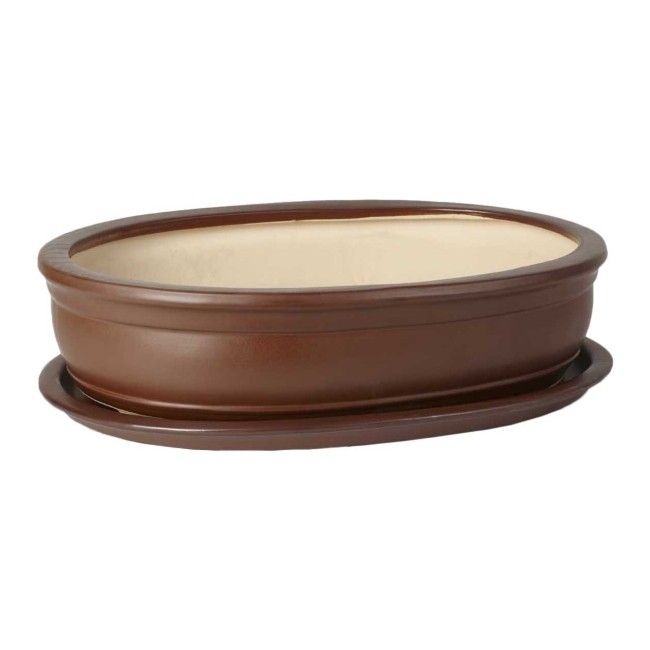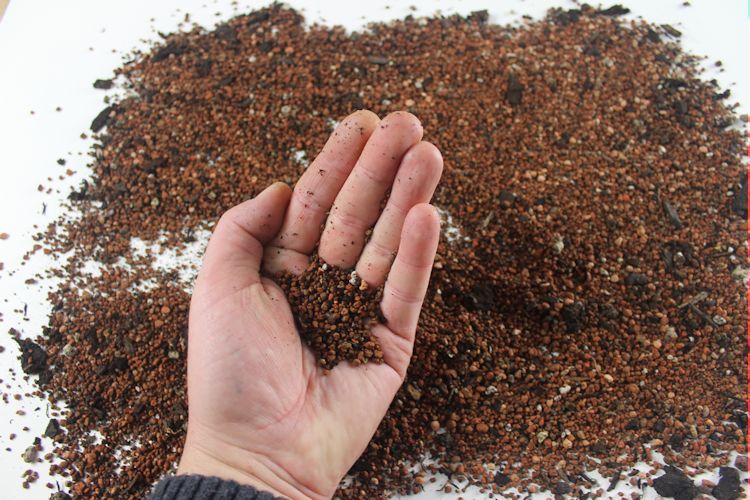The trunk of a bonsai deserves special attention, as it is one of the most attractive parts of dwarf plants. Let's consider the main features of a home bonsai trunk, such as nebari, constrictions, its thickness and shape.
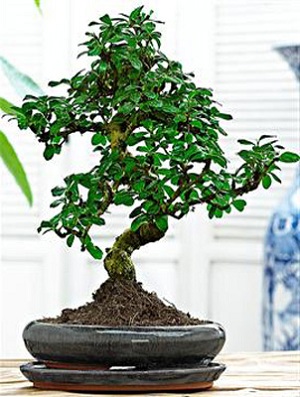
Nebari
Nebari (surface roots) play a big role in the appearance of bonsai. You can find detailed information in the sectionbonsai surface roots.
Bonsai trunk tapering
The trunk should be thick at the base and taper towards the top. Choose trees with this particular trunk shape, as it is very difficult to correct the defect and it will take a long time (from 2 years). One way to give bonsai an attractive appearance, with an irregular trunk shape, is to createartificial effects (shari).
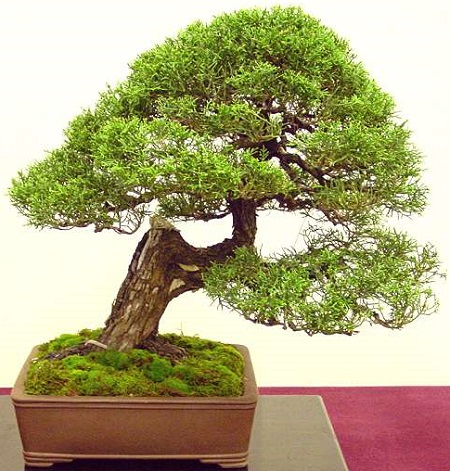
How to Make a Thick Trunk Bonsai
Bonsai trees look older when they have a thick and rough trunk.
The only way to increase the trunk diameter is to allow the tree to grow in a large pot for several years.
After reaching 2/3 of the trunk thickness, you need to make a cut at an angle of about 45 degrees. It is better to cut the bonsai trunk in the place where the shoot is located. This shoot will later become an extension of the trunk. When you reach the desired trunk thickness, you can transplant the bonsai into a smaller container.
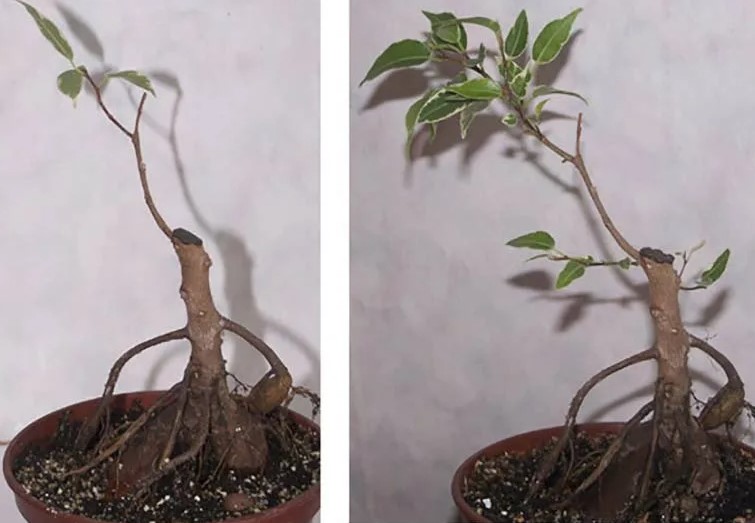
Bonsai trunk shape
The overall shape of a bonsai trunk is one of the most attractive aspects of a bonsai tree. Keep in mind that as the trunk gets thicker, shaping it becomes more difficult.

